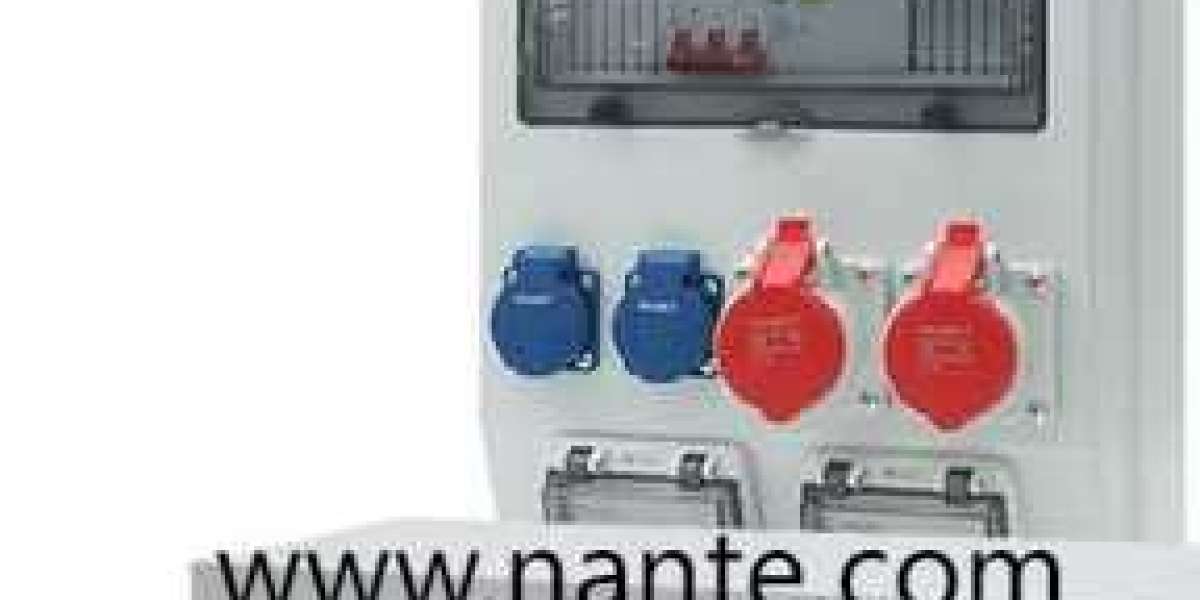Ensuring reliable and safe power distribution hinges on correct setup. A critical component, the industrial socket box , demands precise installation to prevent hazards and downtime. Unfortunately, common errors during setup can compromise safety, damage equipment, and disrupt workflow. Understanding these pitfalls and implementing best practices is essential for any industrial, construction, or event setting.
Frequent Installation Errors and Their Consequences
Several recurring mistakes plague industrial socket box installations:
Incorrect Environmental Rating Selection: Choosing a unit with insufficient Ingress Protection (IP rating) for its location is a major fault. Placing an IP44-rated enclosure in an area requiring IP67 protection (like a washdown area or dusty construction site) exposes internal components to moisture and debris. This leads to corrosion, short circuits, and potential failure.
Improper Grounding and Bonding: Neglecting secure earth connections or bonding the enclosure incorrectly creates a severe electrocution risk. Fault currents might not safely dissipate, endangering personnel and potentially damaging sensitive machinery. Loose grounding terminals are equally hazardous.
Overloading Circuits: Connecting equipment whose combined power demand exceeds the socket box's rated capacity, or the circuit breakers within it, is dangerous. This causes overheating, trips protective devices unexpectedly, and can melt wiring insulation, creating fire hazards. Ignoring the ampere ratings of sockets and breakers is a primary cause.
Faulty Cable Gland Sealing: Incorrectly installed or missing cable gland seals allow water, dust, and pests to enter the enclosure. This compromises the IP rating, leading to internal contamination, corrosion, and electrical faults. Using glands mismatched to the cable diameter is ineffective.
Inadequate Mounting and Support: Failing to securely fasten the enclosure to a stable surface or neglecting proper support for heavy input/output cables puts strain on connections. Vibration or accidental impacts can loosen terminals, damage internal wiring, or cause the entire unit to detach.
Proactive Strategies for Flawless Installation
Avoiding these errors requires diligence and adherence to standards:
Match the IP Rating to the Environment: Carefully assess the installation site. Will it face direct water spray, immersion, or heavy dust? Select an enclosure (like the robust FNP8 or FNP2 series) certified for the specific environmental challenges (IP44, IP65, IP67) to ensure internal protection. Never compromise on this specification.
Prioritize Grounding Integrity: Follow manufacturer diagrams and electrical codes meticulously for all earth connections. Ensure terminals are tight, conductors are correctly sized, and bonding between the enclosure and any metallic conduits is secure. Utilize test equipment to verify continuity.
Respect Load Capacities: Calculate the total power requirement of all connected devices. Ensure this figure remains below the socket box's overall rating and the individual circuit breaker limits. Distribute loads evenly across available circuits where possible. Never bypass or modify protective devices.
Seal Cables Correctly: Use appropriate cable glands designed for the cable type and diameter. Follow installation instructions precisely, ensuring the gland compresses the seal tightly around the cable sheath without damaging conductors. Verify the seal integrity after installation.
Ensure Robust Mounting: Fix the enclosure firmly to a solid, vibration-resistant structure using suitable hardware. Provide adequate support for cables entering and exiting the unit to prevent stress on gland entries and internal terminals. Consider cable trays or cleats for heavier cables.
Partnering for Safety and Reliability
Correct installation is non-negotiable for operational safety and equipment longevity. By recognizing common errors – selecting the wrong environmental protection, neglecting grounding, overloading circuits, poor cable sealing, and insecure mounting – and implementing the corresponding solutions, facilities can achieve dependable power distribution. Utilizing well-designed, certified enclosures provides a strong foundation. Explore our comprehensive range of durable power distribution solutions engineered for diverse demanding applications, designed to support proper installation practices and deliver consistent, secure performance wherever power is needed. Discover how our products contribute to safer, more efficient workspaces today.



